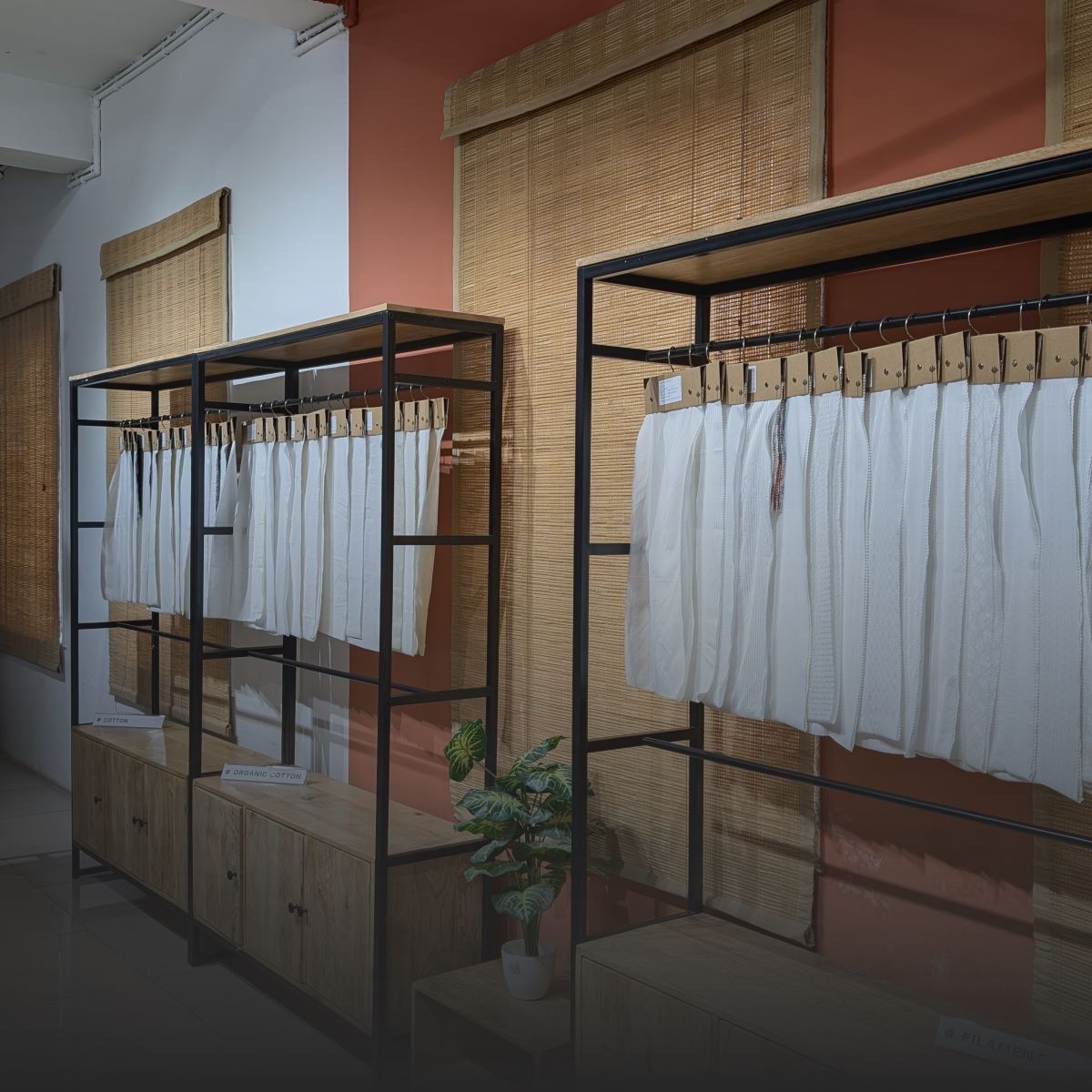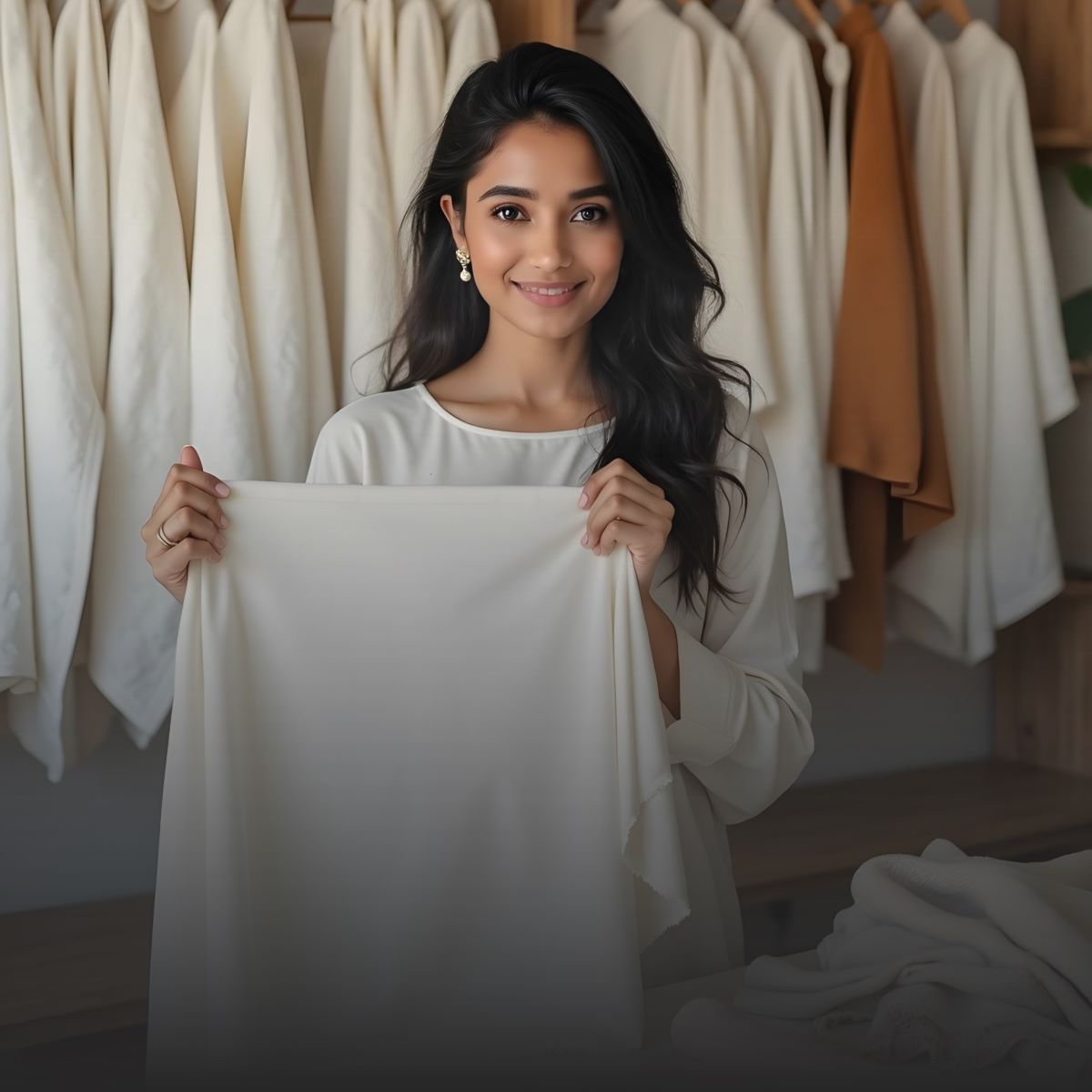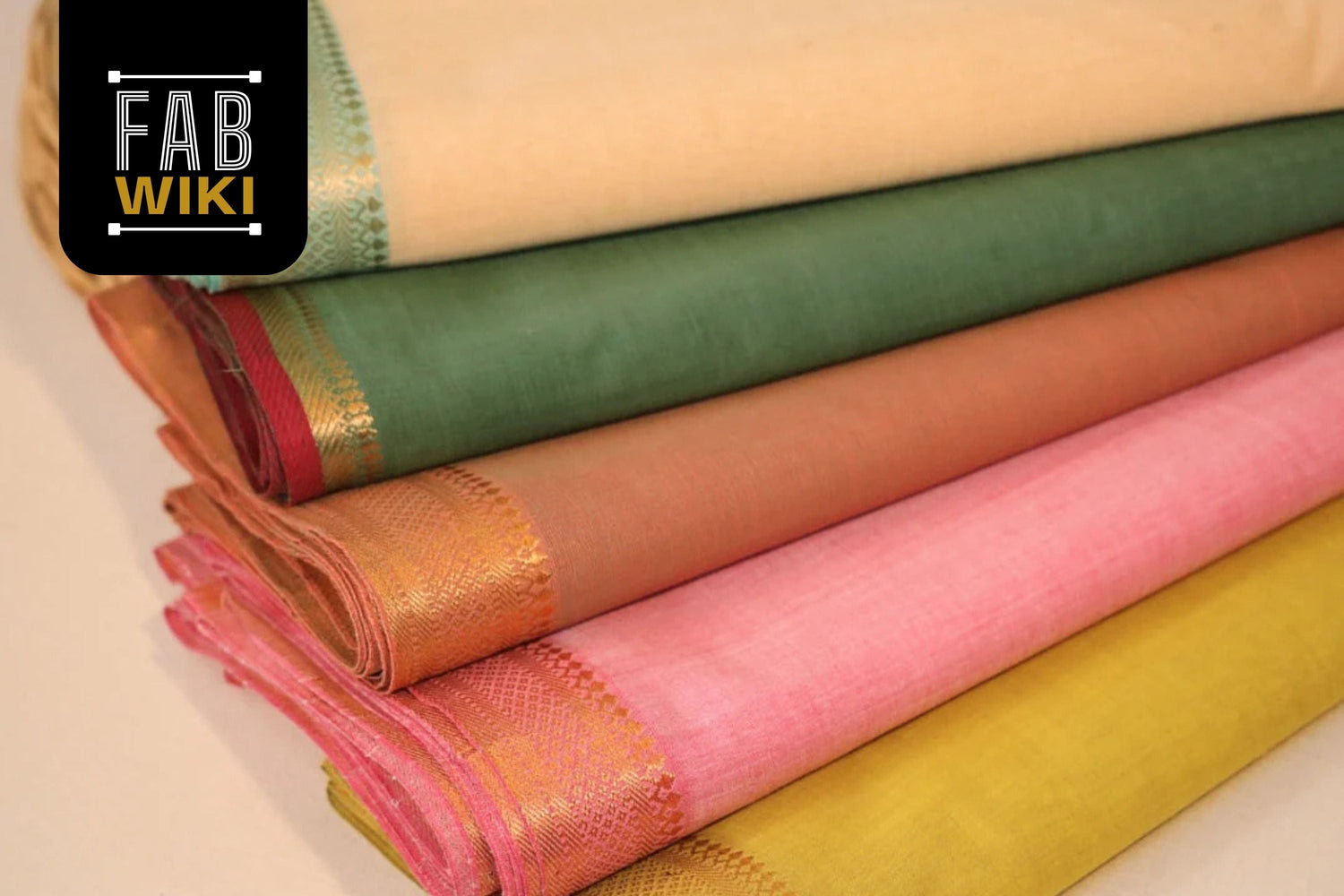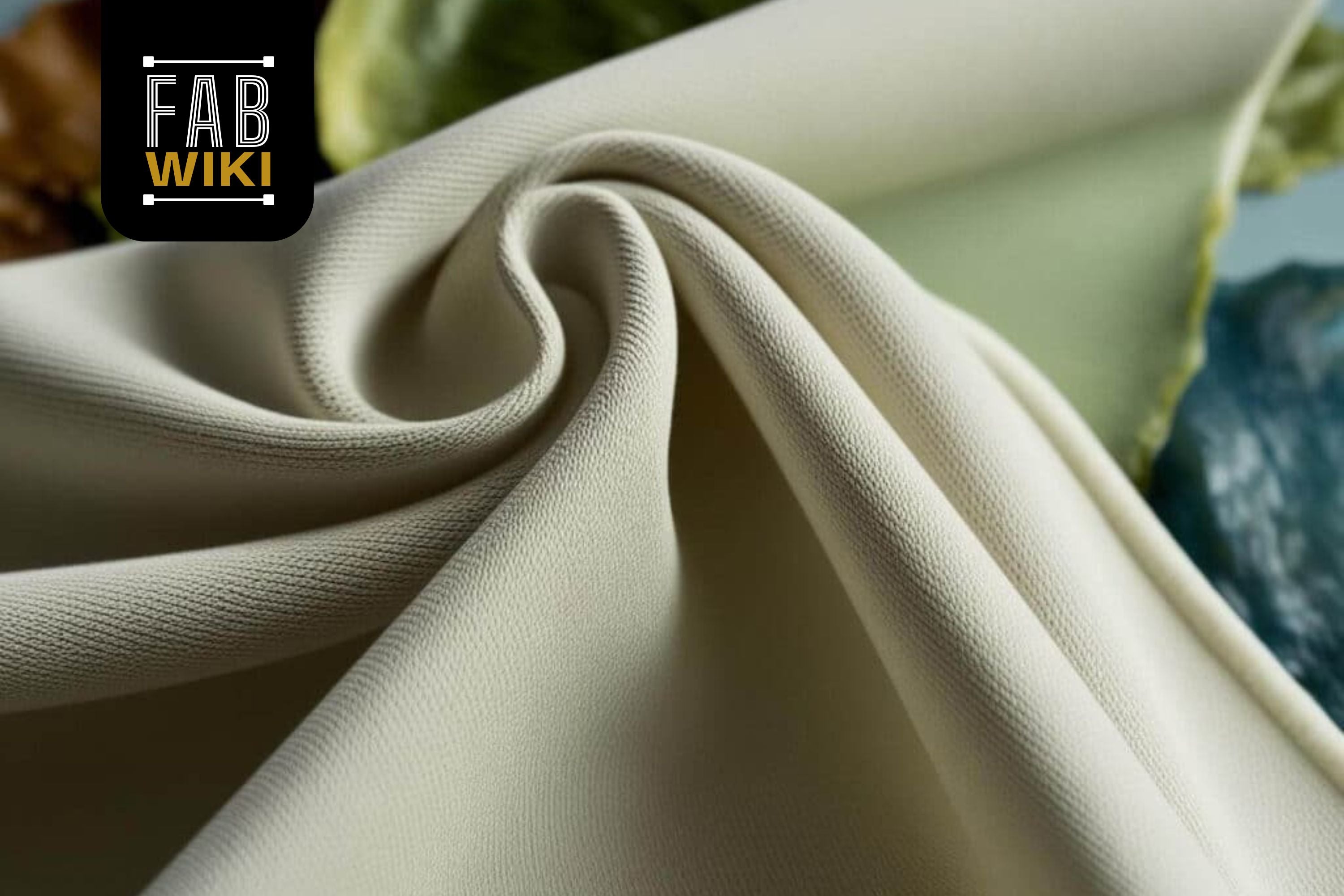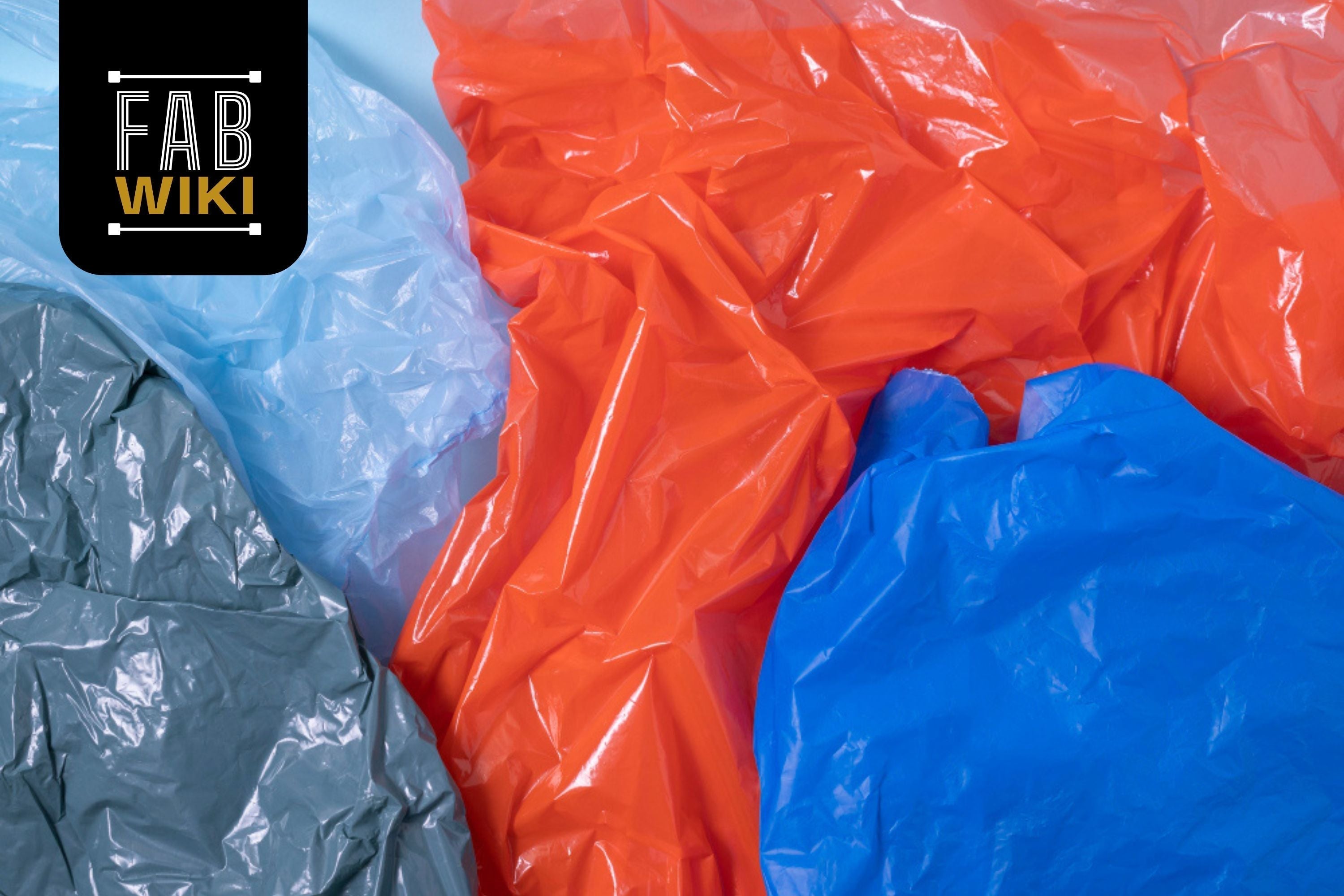Mangalgiri fabric is one of the most demanded options. Originating from the town of Mangalgiri in Andhra Pradesh, this fabric is celebrated for its fine cotton texture, breathable weave, and iconic temple borders.
For centuries, Mangalgiri handloom fabric has been woven using pit looms, combining precision and tradition. Today, it is not only seen in traditional wear like sarees and kurtas but also in modern sustainable fashion, Indo-western outfits, and home textiles.
In this detailed guide, we will explore everything about Mangalgiri fabric: its history, weaving process, key properties, variations, uses, pricing, sustainability, and sourcing options. By the end, you'll understand why sourcing Mangalgiri from Fabriclore is the smartest choice for both small designers and global brands.
What is Mangalgiri Fabric?

Mangalgiri fabric is a handloom cotton textile woven in the town of Mangalgiri, near Vijayawada in Andhra Pradesh. Unlike other cottons, it is known for its:
- Temple bordering: Plain zari or thread borders that don't have any patterns on the body.
- Lasting power: Strong weave techniques guarantee quality that lasts.
- Texture that is soft and airy: Perfect for places that are warm and humid.
- Elegance with few things: Plain fabrics with edges or fabrics with stripes or dots.
Because of its lightweight yet strong structure, Mangalgiri is popular in ethnic fashion, contemporary garments, and home furnishings.
A Brief History of Mangalgiri Fabric
The history of Mangalgiri weaving dates back more than 500 years. Records suggest that pilgrims visiting the famous Panakala Narasimha Swamy Temple in Mangalgiri purchased this fabric as a sacred offering. Over centuries, local weavers perfected the art of weaving cotton fabrics with borders but no woven designs in the body, which became the hallmark of Mangalgiri.
- During the Mughal era, Mangalgiri was supplied to nobles as premium cotton.
- In colonial India, it became a favourite export fabric.
- In the modern era, the Handloom Mark and GI (Geographical Indication) tag have preserved their authenticity.
Mangalgiri fabric is now known all over the world as a heritage textile that combines old-world style with new design ideas.
Properties of Mangalgiri Fabric
The enduring popularity of Mangalgiri fabric lies in its unique physical and functional properties.
- 100% Pure Cotton: Made from high-quality combed cotton yarn.
- Handloom Weave: Crafted on pit looms for tighter tension and stronger fabric.
- Comfortable and breathable: Making it ideal for summer clothes and places in the tropics.
- Soft Texture: Feels good against the skin and can be worn every day.
- Lasting power: Strong yarns will last a long time, even if you wash them often.
- Different Borders: Adding temple patterns or zari borders makes an outfit look more ethnic.
- Eco-friendly: Handwoven, naturally colored, and eco-friendly.
These properties make it a preferred choice for ethnic apparel, casual clothing, and home textiles.
How is Mangalgiri Fabric Made?

The weaving process of Mangalgiri fabric is both artistic and labour-intensive:
- Getting yarn ready: Cotton yarns of good quality are dyed and made softer.
- Dyeing: In the past, natural colors were used, but now azo-free dyes are also used.
- Warping: The loom is set up with long warp threads.
- Weaving on a pit loom: For better control and accuracy, the weaver sits in a pit below ground level.
- Weaving the border: Zari or thread are used to make the borders, but the center is left plain.
- Finishing: Unlike other cottons, Mangalgiri does not undergo mechanical finishing—its natural weave gives a soft sheen.
The pit loom method is what gives Mangalgiri its signature strength and tight weave.
Types of Mangalgiri Fabric

Mangalgiri fabrics come in a variety of styles to suit both traditional and modern needs:
- Mangalgiri Cotton Fabric: Plain or striped cotton with temple borders, most commonly used.
- Mangalgiri Dress Material: Cotton yardage used for kurtas, salwar suits, shirts, and tunics.
- Mangalgiri Sarees: Lightweight cotton sarees with zari or thread borders, often paired with contrast blouses.
- Mangalgiri Silk-Cotton Fabric: A blend of cotton comfort with silk sheen, suitable for festive wear.
- Mangalgiri Dupattas & Stoles: Beautiful trinkets that go with both traditional and modern clothes.
Mangalgiri Fabric vs Other Handloom Fabrics
|
Feature |
Mangalgiri Fabric |
Ikat Fabric |
Khadi Cotton |
Linen Fabric |
|
Origin |
Andhra Pradesh (India) |
Telangana & Odisha |
Pan-India |
Flax (Global) |
|
Material |
100% cotton or silk-cotton |
Cotton, silk blends |
Handspun cotton |
Flax fibers |
|
Key Feature |
Temple zari borders |
Resist-dye patterns |
Uneven handspun texture |
Crisp natural texture |
|
Suitability |
Tropical climates |
All-season |
Summer & casual wear |
All-season |
|
Fashion Application |
Sarees, kurtas, dresses |
Sarees, upholstery |
Kurtas, shirts, casual |
Shirts, trousers, suits |
This comparison shows how Mangalgiri's strength, simplicity, and border detailing distinguish it from other popular fabrics.
Uses of Mangalgiri Fabric
Mangalgiri's versatility makes it valuable for both fashion designers and home décor brands.
In Fashion
- Sarees, salwar suits, and kurtas.
- Shirts, tunics, and dresses.
- Skirts, jumpsuits, and Indo-western fusion wear.
- Scarves, dupattas, and stoles.
In Home Textiles
- Cushion covers and table runners.
- Curtains and bedspreads.
- Upholstery for light furniture.
Because of its breathable cotton weave, it is especially loved in summer collections and sustainable fashion lines.
Pricing of Mangalgiri Fabric
Pricing depends on factors such as weave, fabric width, zari use, and cotton/silk blend.
- Mangalgiri Cotton Fabric: Starts from $4–$7 per meter.
- Mangalgiri Sarees: $20–$80 depending on zari work.
- Mangalgiri Silk-Cotton: Higher range, from $10–$15 per meter.
Fabriclore offers wholesale pricing, bulk orders, and low MOQ (starting from 1 meter), making sourcing easier for both small designers and large apparel brands.
Sustainability of Mangalgiri Fabric
Mangalgiri weaving is inherently eco-friendly and sustainable because:
- It uses natural cotton fibres and azo-free dyes.
- Handloom weaving consumes no electricity, lowering the carbon footprint.
- The craft supports local weaving communities and women artisans.
- Fabrics are biodegradable and long-lasting, reducing textile waste.
For fashion brands looking to create sustainable collections, Mangalgiri is a responsible choice.
Where to Buy Mangalgiri Fabric Online & Wholesale

When sourcing Mangalgiri fabric, authenticity and quality are non-negotiable.
Fabriclore is the most trusted global platform for authentic Mangalgiri handloom fabrics. It offers a wide range, including cotton, silk-cotton blends, sarees, dupattas, and custom yardage. With fabric certifications, swatch sampling, low MOQs, and worldwide delivery, Fabriclore is a preferred partner for both small designers and established fashion labels.
Mangalgiri fabrics can be found in traditional handloom shops in Vijayawada, Hyderabad, and Chennai, India. Other online marketplaces offer Mangalgiri, but the quality and authenticity can be inconsistent.
Custom dyeing, printing, flexible sourcing, and wholesale bulk supply are what make Fabriclore stand out. This makes sure that brands get both creativity and dependability in one place.
Conclusion
Mangalgiri fabric represents the timeless elegance of Indian handlooms with its unique temple borders, breathable cotton base, and sustainable weaving process. From heritage sarees to modern dresses and home furnishings, it is valued across the fashion and textile industries.
For designers and businesses looking to source authentic Mangalgiri fabric, Fabriclore is the best option. With its wide variety, custom sourcing, affordable wholesale prices, and international delivery, Fabriclore makes it easy to integrate Mangalgiri into fashion collections and textile projects worldwide.
Whether you're a boutique, an emerging designer, or a large fashion brand, sourcing Mangalgiri fabric from Fabriclore ensures quality, scalability, and authenticity.
FAQs
1. What Is Mangalgiri Fabric Used For?
Mangalgiri fabric is used for a wide range of products: sarees (its most traditional form), dress materials (like kurtas, salwar suits), shirts, dupattas, and also for home textiles such as curtains, cushion covers, table runners, etc.
2. Is Mangalgiri Fabric Always Cotton?
No — while Mangalgiri is most commonly pure cotton (especially for lightweight, breathable handloom fabrics), there are versions which use cotton-silk blends or include zari (gold/silver thread) for decorative borders.
3. How Can I Identify Authentic Mangalgiri Fabric?
Here are indicators of authenticity, per multiple sources:
- It must be handloom-woven, often using pit looms.
- The body of the fabric is usually plain (no heavy motifs), with the decorative element traditionally limited to the border, often zari or thread borders.
- The weave count (thread count) matters: softer varieties use ~80s × 80s count; sturdier/more rigid varieties use lower thread counts, e.g. 40s–60s.
- Check for dyeing quality (uniform colour, no patchy or uneven shades), and finishing (woven, not printed borders).
- Width: authentic Mangalgiri fabric often has widths around 44–48 inches, depending on design and demand.
4. Is Mangalgiri Fabric Suitable For Western Outfits Or Fusion Wear?
Yes. Many sources note that Mangalgiri fabric, especially cotton or cotton-silk blends with zari borders, is used not only for traditional Indian garments but increasingly for fusion wear — shirts, kurtas styled in modern cuts, dresses, skirts, etc. It's breathable and comfortable. Hence, it works well for warm-weather fusion pieces.
5. Where Can I Buy Authentic Mangalgiri Fabric Online Or Wholesale?
Authentic Mangalgiri fabric can be sourced online through Fabriclore, a fabric sourcing platform that provides cotton and handloom fabrics with options for sampling, customisation, and bulk orders. Offline, it is also available at government handloom outlets and regional handloom expos in Andhra Pradesh. For wholesale, always look for details like weave count, temple borders, and authenticity certificates to ensure originality.
We also happen to be a magnet for suggestions, and would love to catch yours….throw us yours on hello@fabriclore.com
